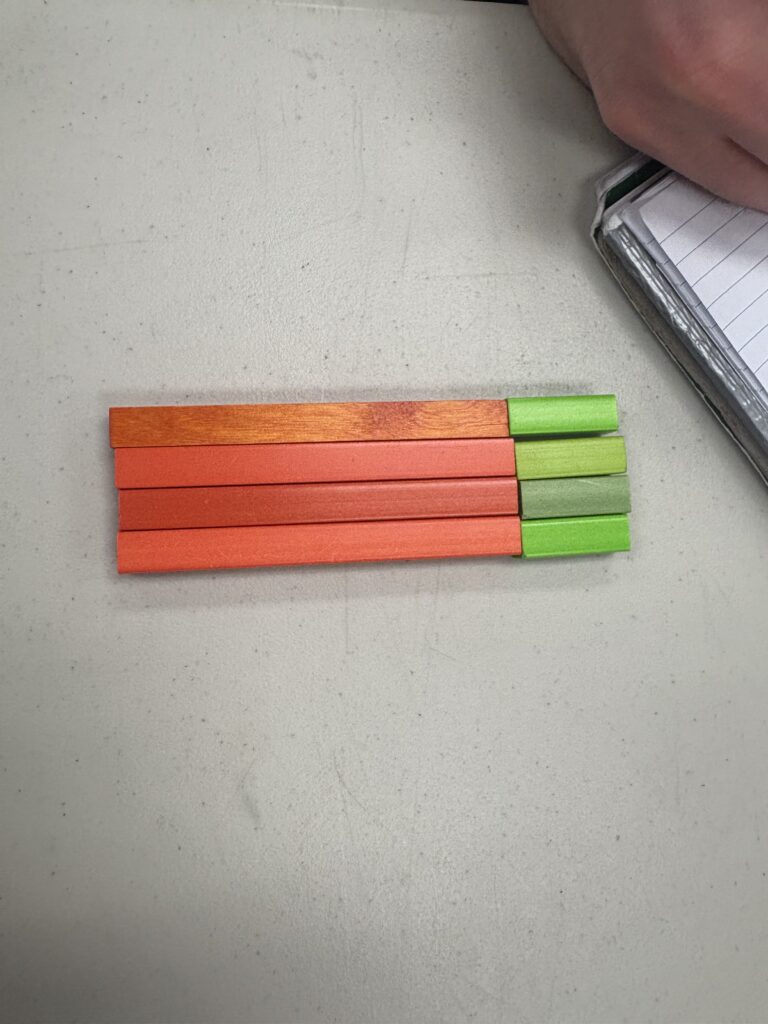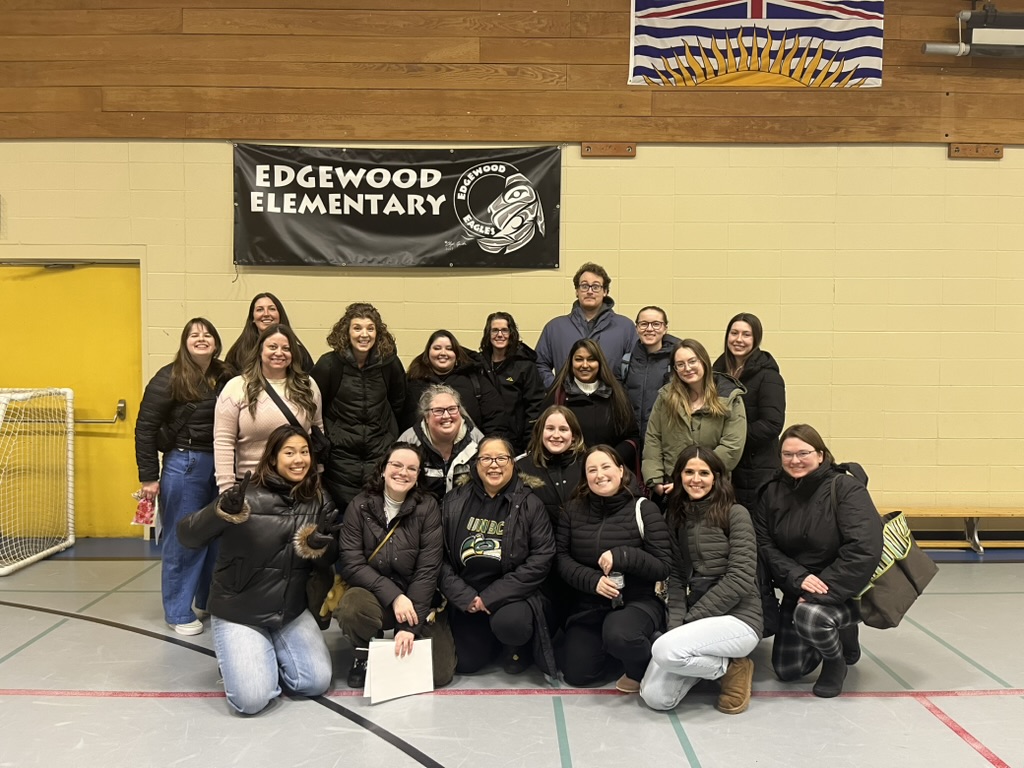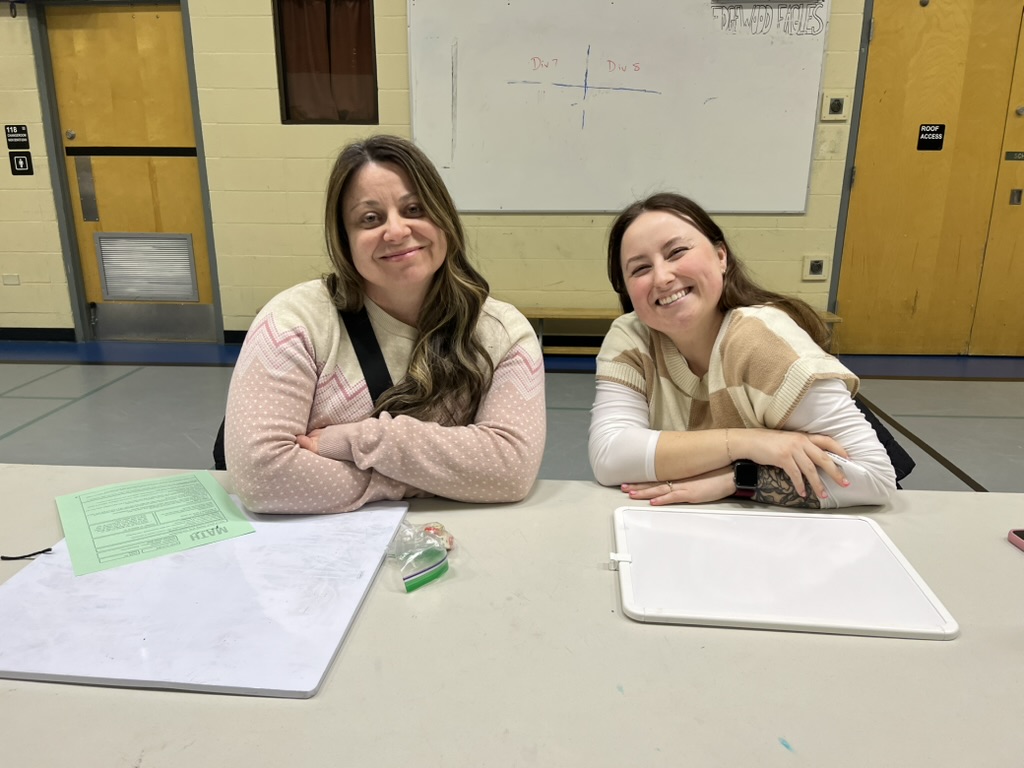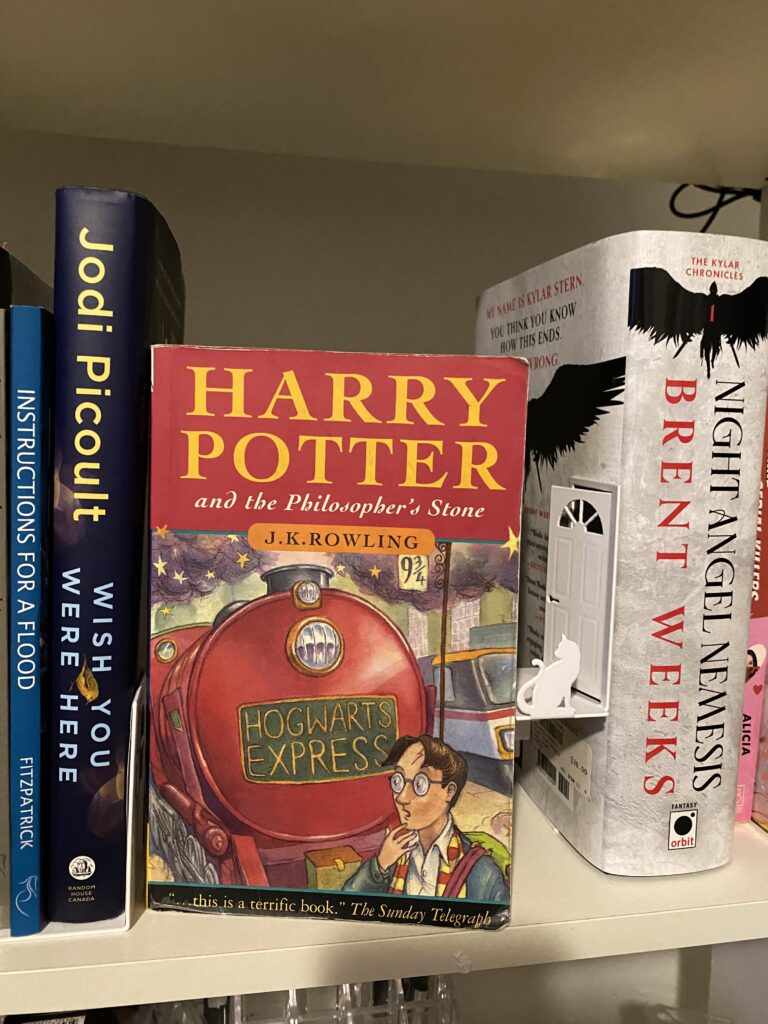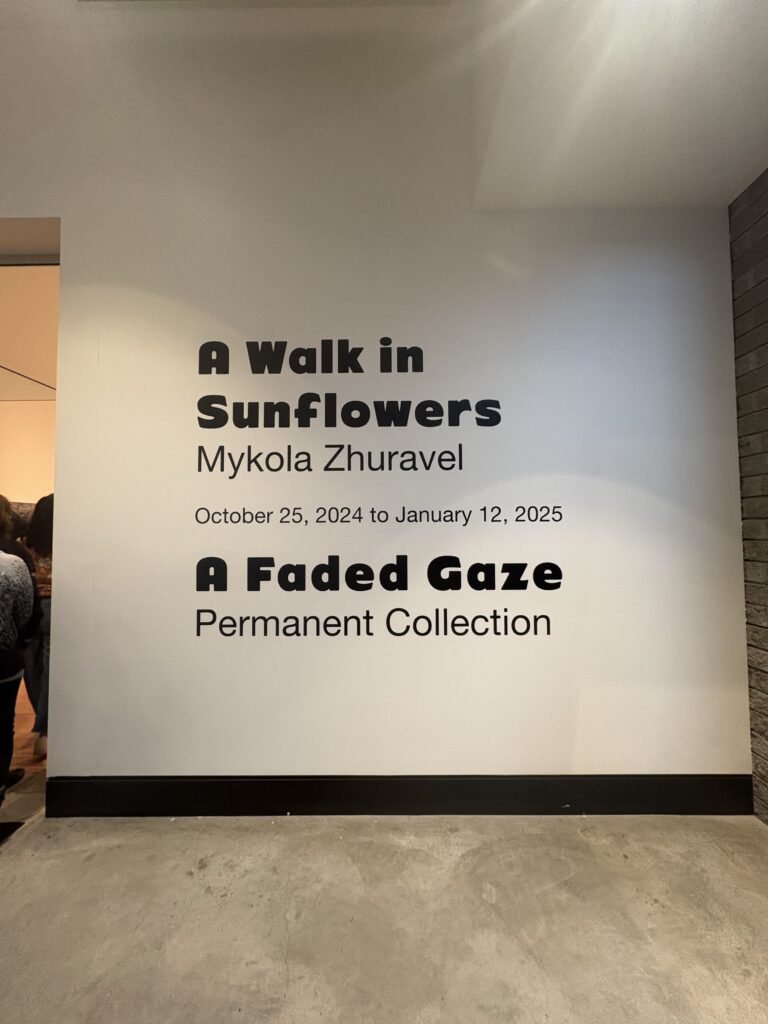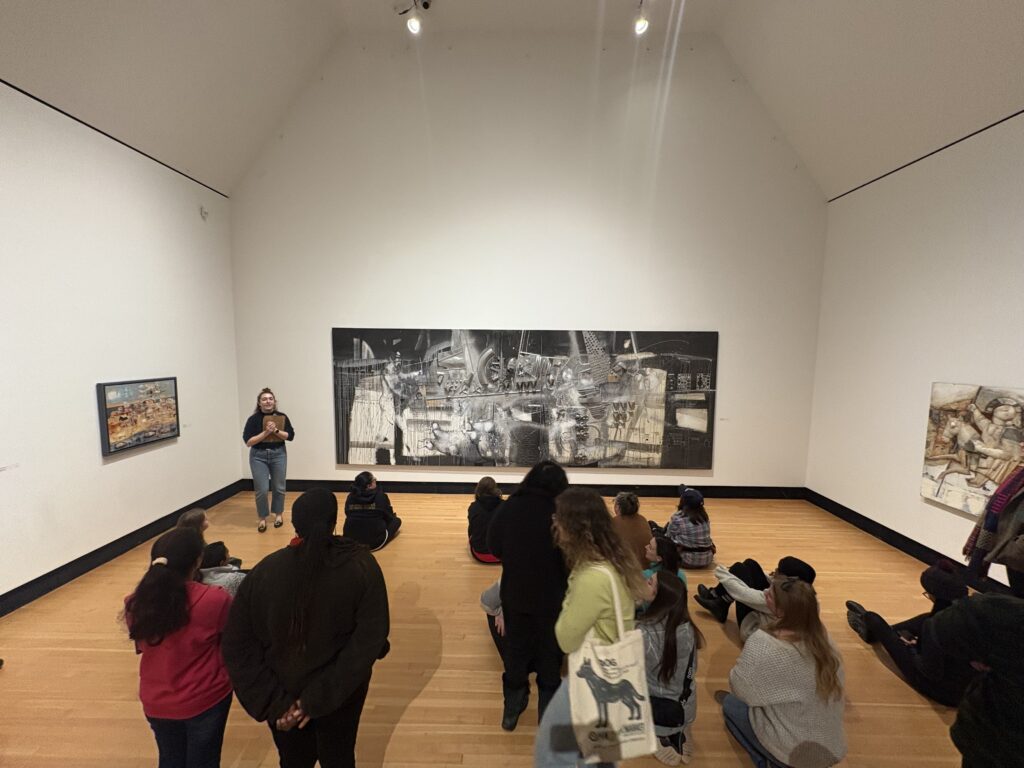Motivation is tough, especially when the learners in your room are 10-12 years old. The most effective thing I found to motivate them, apart from dangling the carrot of computer games, was giving them room to choose subjects for themselves.
While doing a paragraph unit this was incredibly evident. We co-wrote a paragraph about burgers and very few students were engaged and giving answers. Most just went with the flow and some were downright distracted by other things going on. When they were allowed to choose their own topics though? It was a different story. While some still needed help ideating and creating fluent sentences, most were able to whip up a paragraph telling me all about their favourite foods, games, sports, or even skin walkers (?). I received beautiful paragraphs on salmiyakkis (a Finnish liquorice), peanut butter, how to identify a skin walker versus a wendigo and all the types of unicorns.
Learners who were checked out during the co-authorship were stoked to tell me all about their passions. Even if they needed help with spelling, details and some other aspects of grammar they produced work that showed engagement. Even my tough nut to crack students gave me paragraphs, and ended up seeking my help with the editing process for our second and third drafts on the computer.
